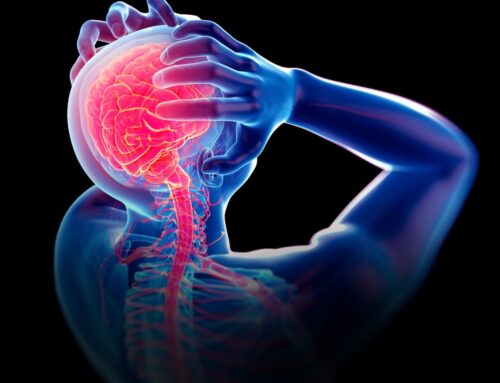The 2015 Nobel Prize in medicine has been awarded to three scientists from China, Ireland, and Japan.
One half of the prize is shared by William Campbell of Drew University and Satoshimura of Kitasato University for their work on “a novel therapy against infections caused by roundworm parasites.”
The other half goes to Dr Youyou Tu of the China Academy of Traditional Chinese Medicine for her discovery of “a novel therapy against malaria.” Dr Tu was the lead discoverer of powerful malaria drug artemisinin. In giving her the prize, the Nobel Prize committee has recognized the role ancient knowledge can play in the modern world.
During the Vietnamese war with the Americans there was a second front in the battle to fight malaria. The parasite that caused the disease had developed resistance against chloroquine, which was commonly used as treatment. So, in desperation, they turned to China’s leader, Mao Zedong, for help.

Those working with traditional medicine literature succeeded, but it was no easy task.
Tu described the challenge in 2011 in the journal Nature; We investigated more than 2,000 Chinese herb preparations and identified 640 hits that had possible antimalarial activities. More than 380 extracts obtained from 200 Chinese herbs were evaluated against a mouse model of malaria. However, progress was not smooth, and no significant results emerged easily.
The first hint of success came when an ancient text described a method of using qinghao, or sweet wormwood, to extract artemisinin. After five years, in 1972, Tu had found a method to successfully extract the drug from the plant.
Tu’s team volunteered to be the first patients to deem the drug’s safety and test it on themselves, only then could they proceed to larger trials.
At the end of the Vietnam war, the project that found the drug was disbanded even though Tu had managed to publish her results widely by the 1980s, the development of the drug languished.
It took nearly 30 years for the World Health Organization (WHO) to endorse the drug. The reasons behind the delays are not clear, but most likley caused by of political instability and malaria afflicting mostly the poor perhaps and that there was no development incentive for multinationals.
Though it took time, Tu’s method showed other Chinese researchers how to capitalize on the ancient knowledge the ancient scrolls and in oral traditions and this is not the first time with compounds drawn from Chinese traditional medicine such as huperzine (Huperzia serrata or toothed clubmoss and in TCM Qian Ceng Ta/Jin Bu Huan) which treats memory dysfunction and paeoniflorin (Paeonia lactiflora or Chinese peony and in TCM Shaoyao) which treats cardiovascular disease.
The Nobel Prize committee said that the researchers’ breakthroughs have had an enormous impact on improved human health and reduced suffering. All three researchers extracted naturally occurring chemicals that became crucial drugs against diseases that affect hundreds of millions around the world. The prize is a nod to the fact that nature still has a lot to offer in terms of medicine.
Tu’s award has special significance. She is only the 12th woman among the 210 Nobel laureates in medicine. It is also an acknowledgement of advances in Chinese science, which has rarely been recognized by the Nobel committee. Tu is the first Chinese scientist to win the prize for medicine and only the third Chinese citizen to win a science Nobel.






